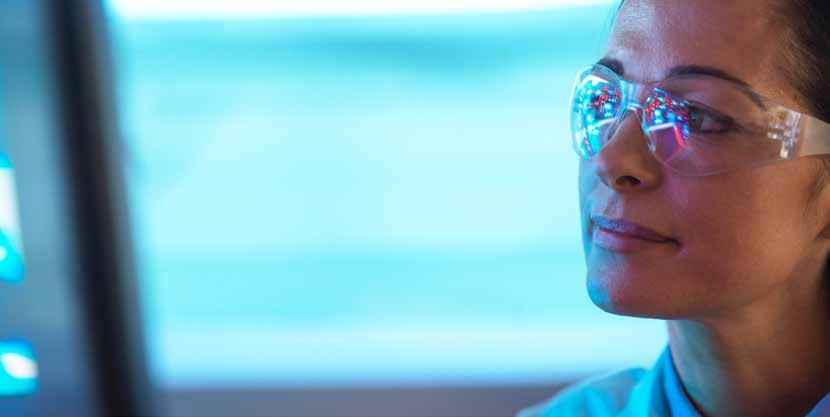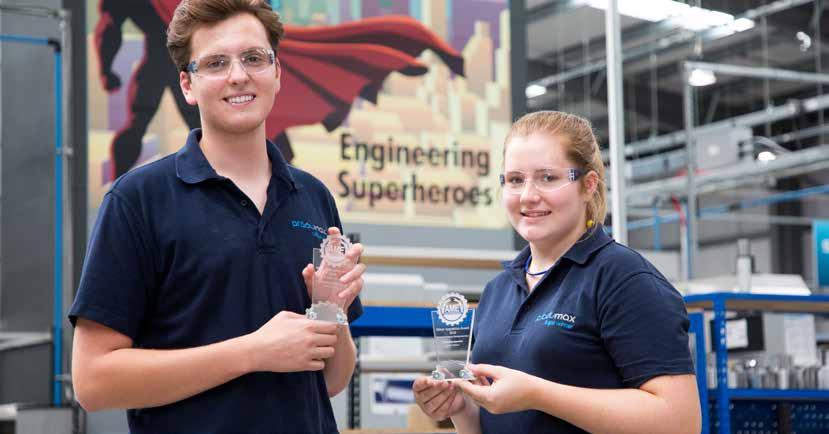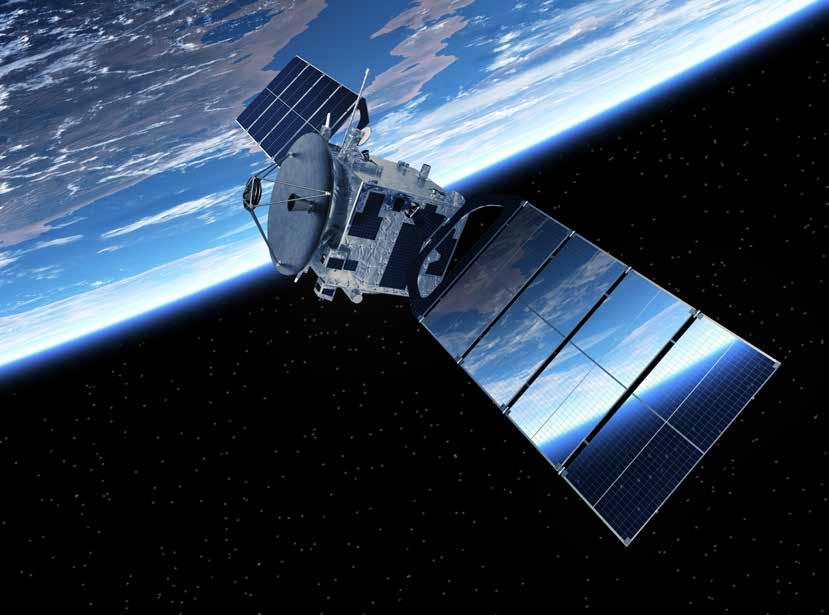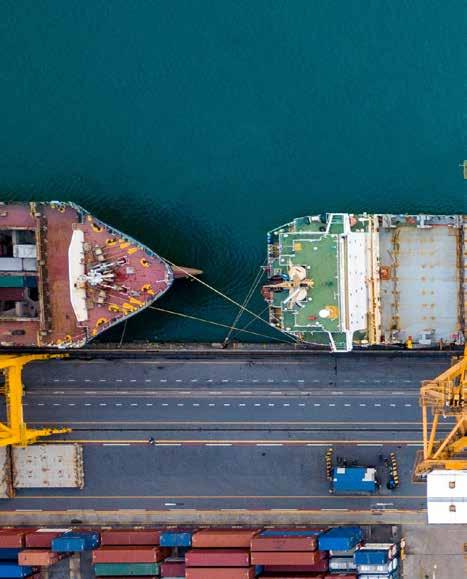
1 minute read
ALGORITHM HELPS TO CORRECT 3D PRINTING ERRORS
Douglas Brion and Dr Sebastian Pattinson of IfM’s Complex Additive Materials Group have developed a machine learning algorithm that can detect and correct a wide variety of different errors in real time, which can easily be added to new or existing machines to enhance their capabilities. 3D printers using the algorithm could also learn how to print new materials by themselves. Details of their low-cost approach are reported in the journal Nature Communications.
The challenges of 3D printing
Advertisement
3D printing has the potential to revolutionise the production of complex and customised parts, such as aircraft components, personalised medical implants, or even intricate sweets, and could also transform manufacturing supply chains.
However, it is also vulnerable to production errors, from smallscale inaccuracies and mechanical weaknesses through to total build failures.
Currently, the way to prevent or correct these errors is for a skilled worker to observe the process. The worker must recognise an error (a challenge even for the trained eye), stop the print, remove the part and adjust the settings for a new part. If a new material or printer is used, the process takes more time as the worker learns the new set-up. Even then, errors may be missed, as workers cannot continuously observe multiple printers at the same time, especially for long prints.
“3D printing is challenging because there’s a lot that can go wrong, and so quite often 3D prints will fail,” said Dr Sebastian Pattinson. “When that happens, all of the material and time and energy that you used is lost.”
Using algorithms to correct 3D printing errors
Engineers have been developing automated 3D printing monitoring, but existing systems can only detect a









